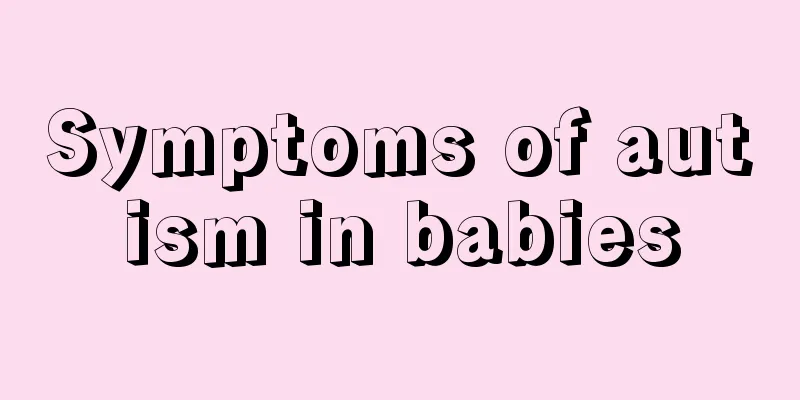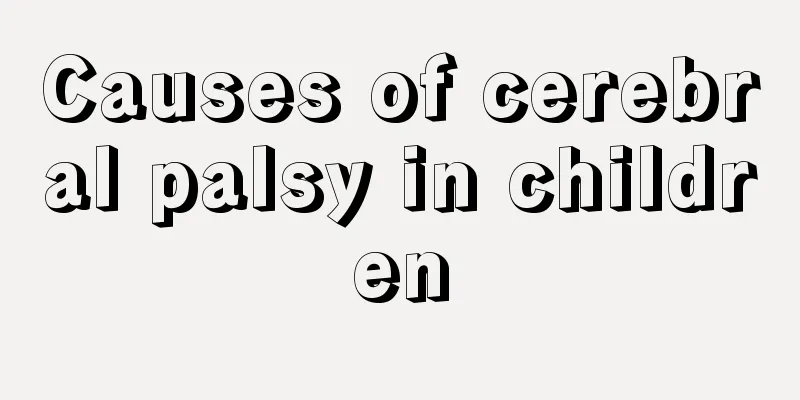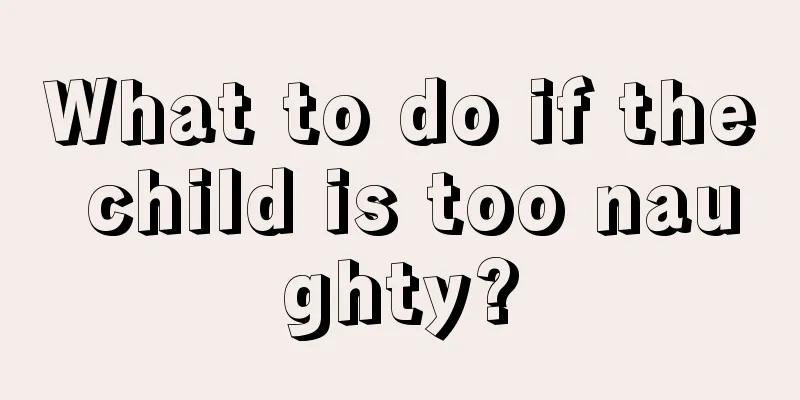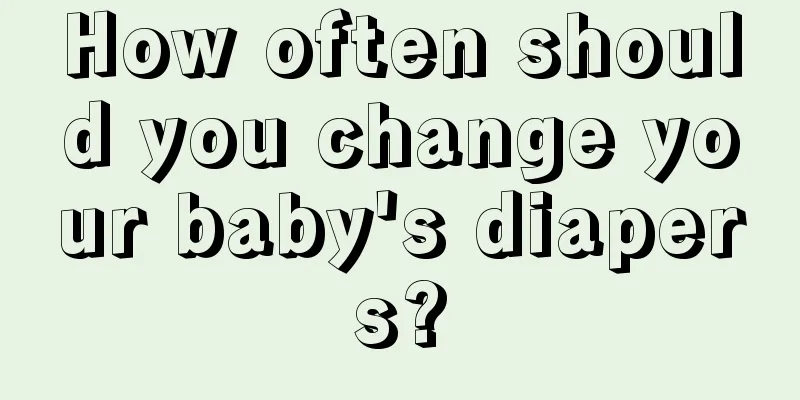What to do if your child has a viral cold

|
The development of modern society has brought not only an improvement in living standards, but it has also brought us some unexpected negative effects, namely serious environmental pollution. We know that infants and young children's bodies are relatively fragile and sensitive, so in such an environment, the possibility of infants and young children being disturbed by the environment is greatly increased. So what should we do when a child catches a viral cold? And what will be the consequences if medical treatment is not timely? Let’s take a look! The main symptoms of viral colds in children are: fever may or may not be present, body temperature may be high or low, clear runny nose, sneezing, coughing, good spirits, loss of appetite, sometimes accompanied by vomiting and diarrhea, and very few children may experience high fever convulsions. The main symptoms of bacterial colds in children are fever, especially persistent high fever, runny nose, sore throat, listlessness, poor appetite, and some children may experience high fever convulsions. Pediatric experts point out that simple and rapid peripheral blood tests (commonly known as blood tests) are of considerable value in distinguishing viral and bacterial upper respiratory tract infections, and can especially provide early diagnostic indicators for bacteremia. As we all know, the total number of white blood cells in normal children's blood is 4000-10000/cubic millimeter, of which classified neutrophils account for 55-60% and lymphocytes account for 35-40%. It has been observed that when children have a cold, a normal or slightly low total white blood cell count in their blood indicates a viral infection, which provides an objective basis for doctors to select antiviral drugs. If the total white blood cell count exceeds 12,000/cubic millimeter and the neutrophil count exceeds 70%, it often indicates bacterial upper respiratory tract infection or secondary bacterial infection, which provides the basis for doctors to choose antibiotics. Finally, it is worth mentioning that if a child has fever, cough or wheezing after becoming ill, and his respiratory rate is still accelerated when at rest (40-80 times per minute) or is accompanied by the three-depression sign (the suprasternal fossa, supraclavicular fossa and intercostal space are depressed during inhalation), generally a chest X-ray is not required to diagnose pneumonia. 1. Viral cold is a common respiratory infectious disease caused by a variety of viruses. The causes include cold, rain, excessive fatigue, malnutrition, etc. 2. The main symptoms are sneezing, nasal congestion, runny nose, dry throat, sore throat, cough, hoarseness, etc. Symptoms include headache, body aches, fatigue, loss of appetite, etc. 3. Transmission route: The virus is spread into the air through sneezing, coughing, and talking, infecting others. Healthy people may also get sick by using the patient's towels, washbasins or tableware and other items that are infected with the virus. 4. Patients with cold and fever need to rest in bed, keep warm and reduce activities. The residence should be ventilated frequently and maintained at a certain temperature and humidity. From the above text, we can understand some of the symptoms and consequences of viral colds in young children. It can be said that if young children suffer from this disease and do not receive timely treatment, the consequences will be more serious. At the same time, parents and friends should pay more attention to the physical condition of their children, especially in the winter when diseases are more prevalent. |
<<: What to do if your baby has acute pharyngitis
>>: At what months can babies crawl?
Recommend
What should I do if my child is picky about food and doesn’t like to eat?
Being picky about food is a common problem among ...
What happens when children develop millet-sized bumps?
If your child develops small bumps the size of mi...
What are the dietary considerations for children with precocious puberty?
The keyword "precocious puberty" has oc...
What to do if your 2-year-old baby is irritable and angry?
What should I do if my 2-year-old baby is irritab...
Is it normal for children to change their teeth at the age of five and a half?
Tooth replacement is an experience that every chi...
What medicine is effective for neonatal jaundice
Jaundice is a hepatobiliary and pancreatic diseas...
Treatment of pancreatitis in children
Nowadays, the incidence of diseases among many ch...
What to do if children have hallux valgus
Some children are very prone to foot valgus due t...
What to do if children have otitis media
Children's health has always been a problem t...
Can teeth grow back if they fall out at the age of 15?
Everyone should know that each of us has a time t...
What to do about anemia in premature infants
Some premature babies have problems with anemia a...
Child has cough for two months
Coughing is not a disease, but a medical phenomen...
Anal itching in children
Anal itching in children is a relatively common s...
Breast development in third grade girls
Girls in the third grade are generally around ten...
What should I do if my child sprains his hand?
It is normal for children to be active, but if a ...









